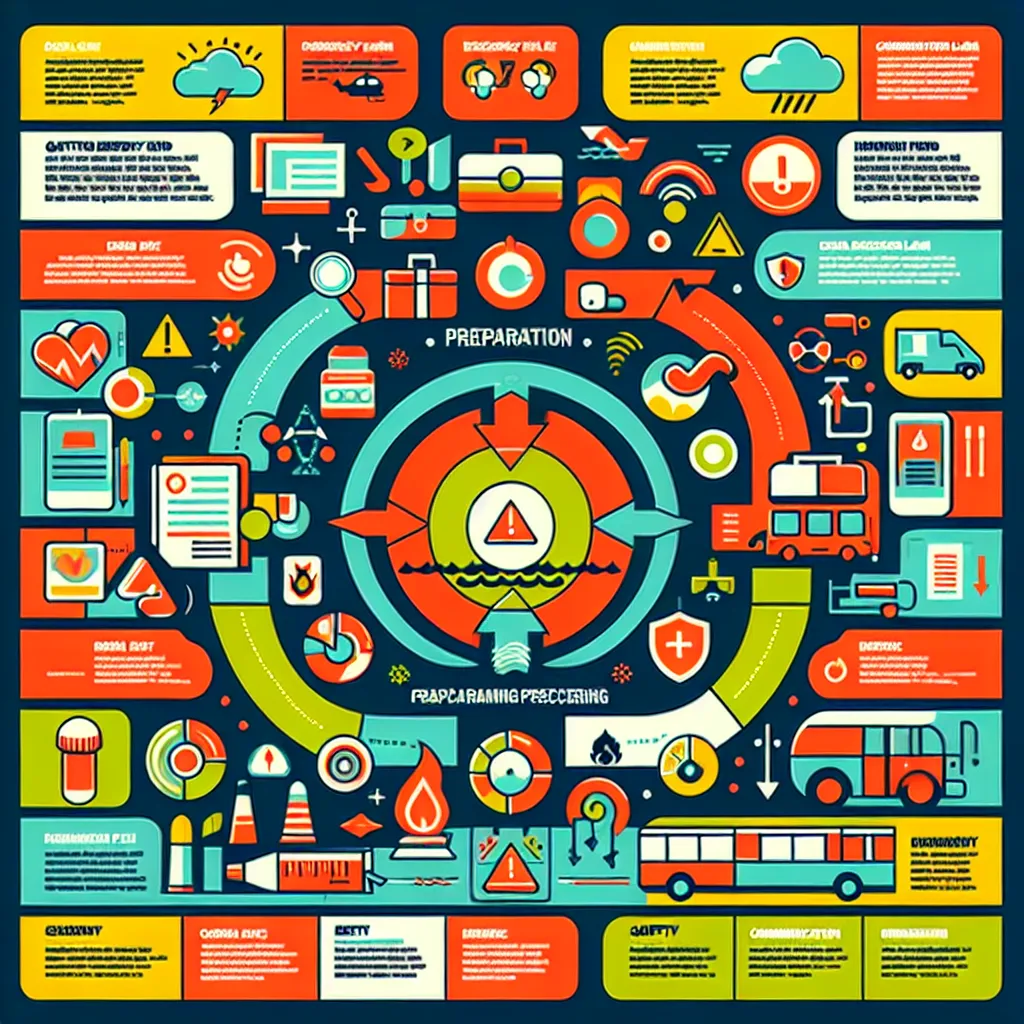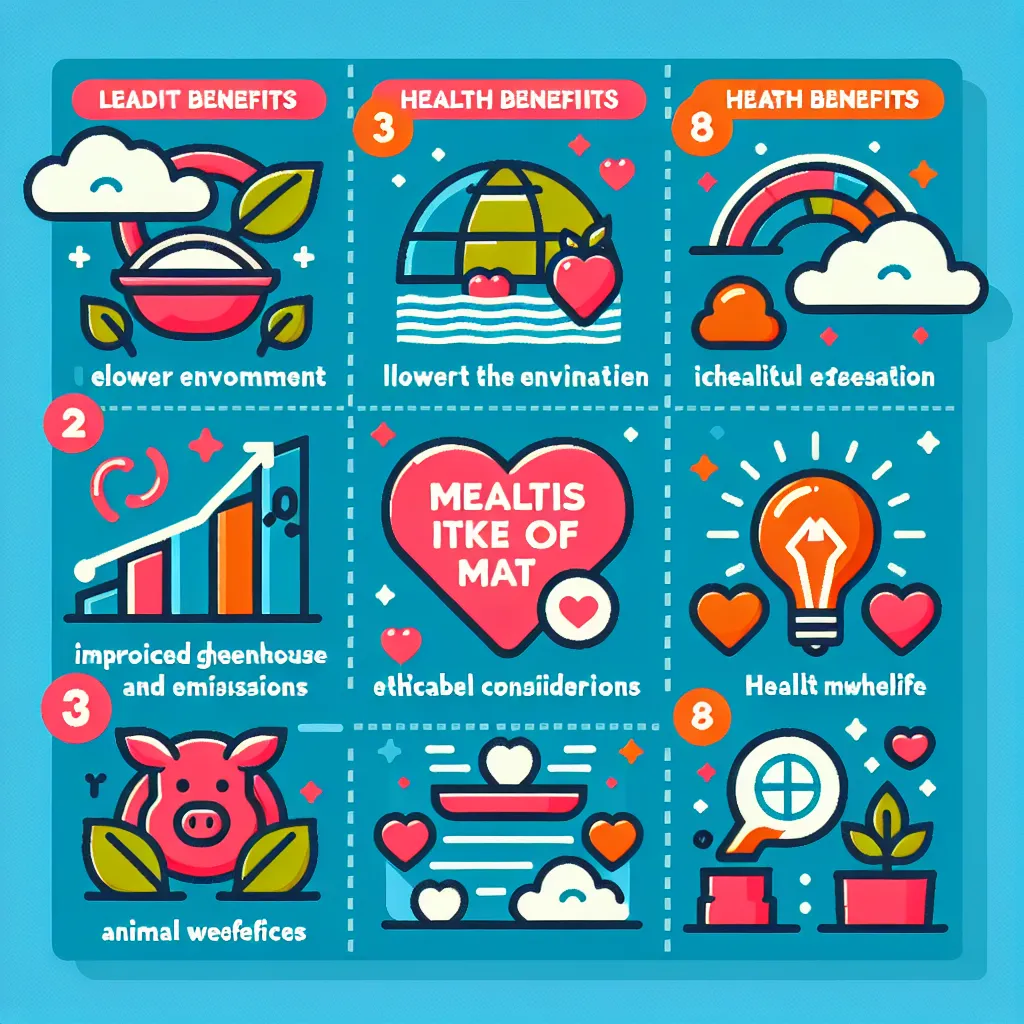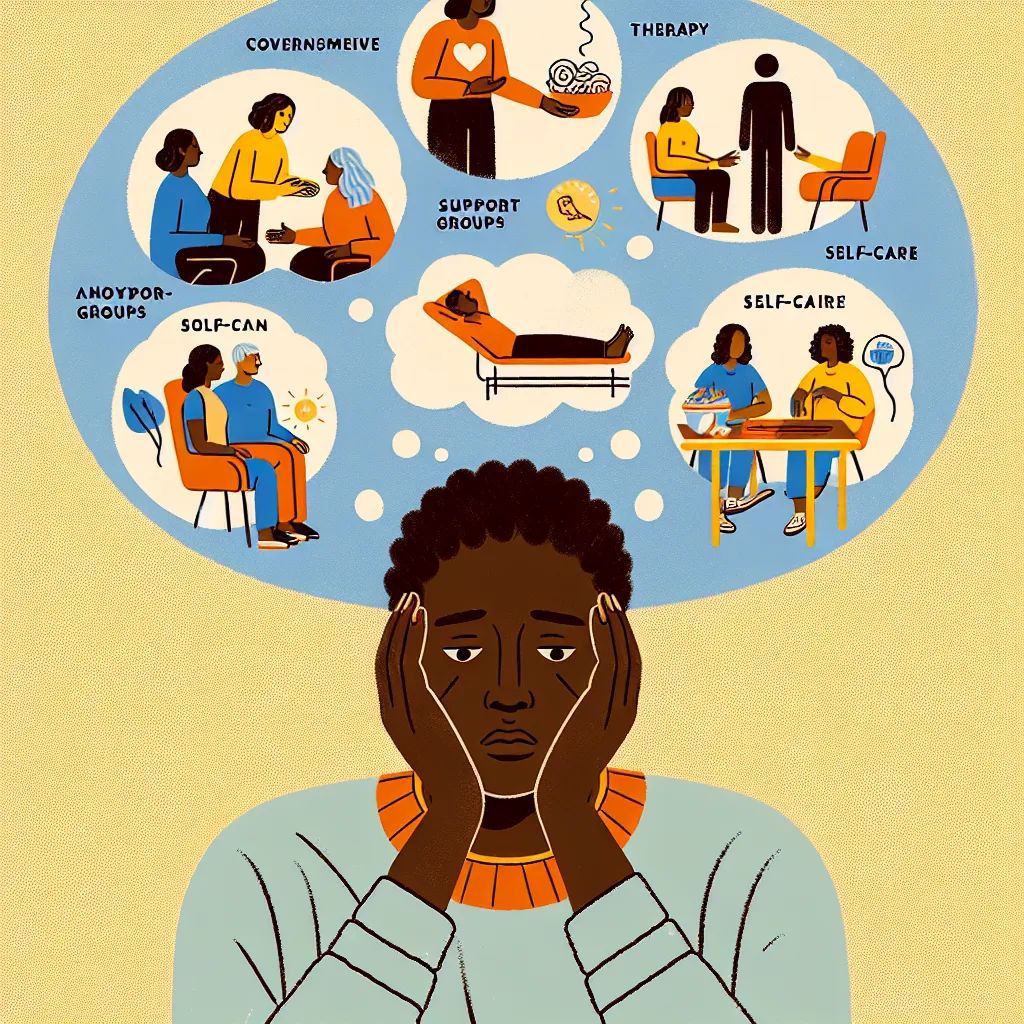The IELTS Reading section is a crucial component of the test, assessing candidates’ ability to comprehend complex texts and extract relevant information. One topic that frequently appears in IELTS Reading passages is natural disasters and preparedness. This subject has been a recurring theme in past examinations and, given its global significance, is likely to remain relevant in future tests.
Nội dung bài viết
In this article, we’ll explore a sample IELTS Reading passage on “How to Prepare for Natural Disasters,” providing you with valuable practice and insights to excel in your IELTS journey. By analyzing this topic, we’ll not only enhance your reading skills but also equip you with essential knowledge about disaster preparedness.
 Natural Disaster Preparedness Infographic
Natural Disaster Preparedness Infographic
Sample IELTS Reading Passage: Preparing for Natural Disasters
Reading Passage
Natural disasters can strike at any time, often with little to no warning. From hurricanes and earthquakes to floods and wildfires, these catastrophic events can cause immense damage and pose significant risks to human life. While we cannot prevent natural disasters from occurring, we can take proactive steps to prepare ourselves and our communities for their potential impact.
One of the most crucial aspects of disaster preparedness is creating an emergency kit. This kit should contain essential items that can sustain you and your family for at least 72 hours. Key components include non-perishable food, water (one gallon per person per day), a battery-powered or hand-crank radio, flashlights, extra batteries, first aid supplies, and any necessary medications. It’s also wise to include important documents such as identification, insurance policies, and bank records in a waterproof container.
Developing a comprehensive emergency plan is another vital step in disaster preparedness. This plan should outline evacuation routes, meeting points for family members, and emergency contact information. It’s essential to practice this plan regularly with all household members to ensure everyone knows what to do in case of an emergency. Additionally, familiarize yourself with your community’s emergency response protocols and the location of nearby shelters.
Staying informed is crucial during a natural disaster. Keep abreast of weather forecasts and emergency alerts through multiple channels, including radio, television, and mobile apps. Many communities now offer text-based alert systems that can provide real-time updates during emergencies. It’s also important to have a battery-powered or hand-crank radio in case of power outages.
Preparing your home for potential disasters can significantly reduce damage and increase safety. This may involve securing loose outdoor items, trimming trees near your property, and installing storm shutters or impact-resistant windows in hurricane-prone areas. For earthquakes, secure heavy furniture and objects that could fall during tremors. In flood-prone regions, consider elevating important utilities and appliances.
Community involvement plays a crucial role in disaster preparedness. Participate in local emergency response training programs, such as Community Emergency Response Team (CERT) courses, which teach valuable skills in disaster preparedness and response. Knowing your neighbors and understanding their potential needs during an emergency can also foster a more resilient community.
Financial preparedness is often overlooked but is equally important. Ensure you have adequate insurance coverage for potential disasters in your area. Keep some cash on hand, as ATMs and credit card systems may not function during power outages. Consider setting up an emergency savings fund to cover unexpected expenses that may arise in the aftermath of a disaster.
Lastly, don’t forget about the needs of pets and livestock. Include pet supplies in your emergency kit and have a plan for evacuating or sheltering animals if necessary. Many emergency shelters do not accept pets, so research pet-friendly options in advance.
By taking these preparatory steps, individuals and communities can significantly improve their resilience in the face of natural disasters. While we cannot control when or where these events will occur, being prepared can make a substantial difference in our ability to weather the storm and recover in its aftermath.
Questions
-
Which of the following is NOT mentioned as an essential item for an emergency kit?
A) Non-perishable food
B) Bottled water
C) Sleeping bags
D) First aid supplies -
According to the passage, how much water should be included in an emergency kit per person per day?
A) Half a gallon
B) One gallon
C) Two gallons
D) Three gallons -
The passage suggests practicing the emergency plan:
A) Once a year
B) Every six months
C) Monthly
D) Regularly -
Which of the following is a recommended method for staying informed during a natural disaster?
A) Social media
B) Newspaper
C) Battery-powered radio
D) Internet forums -
In earthquake-prone areas, the passage recommends:
A) Installing storm shutters
B) Elevating important utilities
C) Securing heavy furniture
D) Trimming trees near the property -
What does the acronym CERT stand for?
A) Community Emergency Response Team
B) Certified Emergency Response Training
C) Coordinated Emergency Rescue Taskforce
D) Crisis Emergency Readiness Test -
The passage suggests keeping some cash on hand because:
A) Banks may be closed during emergencies
B) ATMs and credit card systems may not function
C) Cash is more valuable during disasters
D) It’s easier to buy supplies with cash
8-13. Complete the summary below using words from the reading passage. Use NO MORE THAN TWO WORDS for each answer.
Preparing for natural disasters involves several key steps. Creating an (8) __ with essential supplies is crucial. Developing a comprehensive (9) __ and practicing it with family members is also important. Staying (10) __ through various channels helps during emergencies. Preparing your home by securing loose items and installing protective features can reduce (11) __. Getting involved in (12) __ programs can improve community resilience. Finally, ensuring adequate (13) __ coverage is an often overlooked but essential aspect of disaster preparedness.
Answers and Explanations
-
C) Sleeping bags
Explanation: The passage mentions non-perishable food, water, radio, flashlights, batteries, and first aid supplies as essential items for an emergency kit, but sleeping bags are not specifically mentioned. -
B) One gallon
Explanation: The passage states, “water (one gallon per person per day).” -
D) Regularly
Explanation: The text mentions, “It’s essential to practice this plan regularly with all household members.” -
C) Battery-powered radio
Explanation: The passage specifically mentions “a battery-powered or hand-crank radio” as a means of staying informed during power outages. -
C) Securing heavy furniture
Explanation: For earthquake preparation, the passage advises to “secure heavy furniture and objects that could fall during tremors.” -
A) Community Emergency Response Team
Explanation: The passage mentions “Community Emergency Response Team (CERT) courses.” -
B) ATMs and credit card systems may not function
Explanation: The text states, “ATMs and credit card systems may not function during power outages.” -
emergency kit
-
emergency plan
-
informed
-
damage
-
emergency response
-
insurance
Common Mistakes and How to Avoid Them
- Overlooking context: Always read the surrounding text to understand the context of the information you’re looking for.
- Falling for distractors: Be cautious of answer options that use words from the passage but in a different context.
- Ignoring synonyms: Remember that IELTS often uses synonyms or paraphrasing. Look for meaning, not exact wording.
- Rushing through the passage: Allocate your time wisely to ensure you have enough time to read thoroughly and answer all questions.
Key Vocabulary
- Catastrophic (adjective) – /ˌkætəˈstrɒfɪk/ – Involving or causing sudden great damage or suffering
- Proactive (adjective) – /prəʊˈæktɪv/ – Creating or controlling a situation rather than just responding to it after it has happened
- Resilient (adjective) – /rɪˈzɪliənt/ – Able to withstand or recover quickly from difficult conditions
- Evacuation (noun) – /ɪˌvækjuˈeɪʃn/ – The action of evacuating a person or place
- Comprehensive (adjective) – /ˌkɒmprɪˈhensɪv/ – Including or dealing with all or nearly all elements or aspects of something
Grammar Focus
Pay attention to the use of modal verbs in the passage, such as “can,” “should,” and “may.” These are often used to express levels of necessity, possibility, or advice in the context of disaster preparedness. For example:
- “Natural disasters can strike at any time” (possibility)
- “This kit should contain essential items” (strong recommendation)
- “ATMs and credit card systems may not function” (possibility)
Practice using these modal verbs in your own sentences related to disaster preparedness to enhance your writing skills.
Tips for Acing the IELTS Reading Section
- Improve your reading speed: Practice reading various texts quickly while maintaining comprehension.
- Develop skimming and scanning techniques: Learn to quickly identify main ideas and specific details.
- Expand your vocabulary: Focus on academic and topic-specific words commonly used in IELTS.
- Practice time management: Allocate your time wisely across all sections of the reading test.
- Familiarize yourself with question types: Understanding different question formats will help you approach them more effectively.
- Read actively: Engage with the text by highlighting key points and making mental summaries.
- Don’t leave any questions unanswered: If you’re unsure, make an educated guess.
Remember, preparing for natural disasters is not just an IELTS topic; it’s a crucial life skill. As you practice with passages like this, you’re not only improving your English proficiency but also gaining valuable knowledge that could one day save lives. For more information on emergency preparedness, you might find our article on how to prepare for an emergency helpful.
Additionally, as climate change continues to influence the frequency and intensity of natural disasters, understanding the effects of global warming on natural disasters can provide valuable context for your IELTS preparation and general knowledge.
By consistently practicing with diverse reading passages and implementing these strategies, you’ll be well-prepared to tackle the IELTS Reading section with confidence. Remember, success in IELTS is not just about language skills; it’s also about effective test-taking strategies and a broad understanding of various topics. Keep practicing, stay informed, and approach your IELTS preparation with the same proactive mindset recommended for disaster preparedness!


